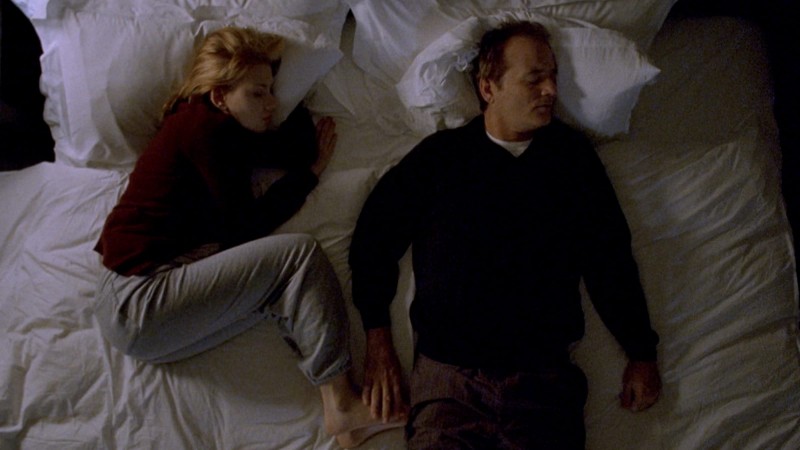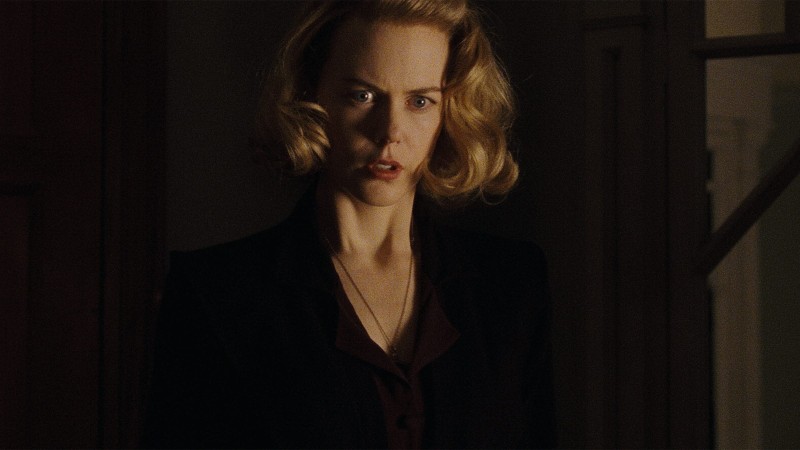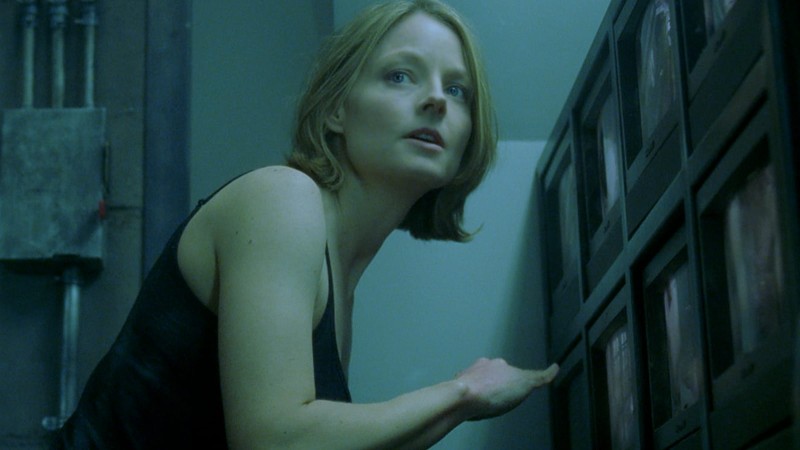Three Patterns of Plot in Vagabond
From her early, New Wave–defining films to the quicksilver documentaries she made in the twenty-first century, Agnès Varda led a long and remarkable career devoted to experimentation with film form. A perfect illustration of the complexity and restless inventiveness of her storytelling, the elusive, award-winning drama Vagabond (1985) stars Sandrine Bonnaire as Mona, a teenage drifter who, at the beginning of the movie, turns up dead in a rural roadside ditch. As Professor David Bordwell observes in the new episode of the Criterion Channel’s monthly series Observations on Film Art, Varda proceeds, over the course of the flashback-heavy film, to make brilliant use of no fewer than three basic plot patterns—the road movie; the investigative mystery; and the network narrative, reliant on characters’ interconnectedness (e.g., Nashville)—in reconstructing the last weeks of Mona’s life. And Vagabond’s structural daring carries all the way through to its final frames: in the above excerpt from the episode, Bordwell finds that, in refusing to resolve any of the film’s various narrative threads, Varda leaves viewers to confront their own feelings about Mona and her scorn for society.




